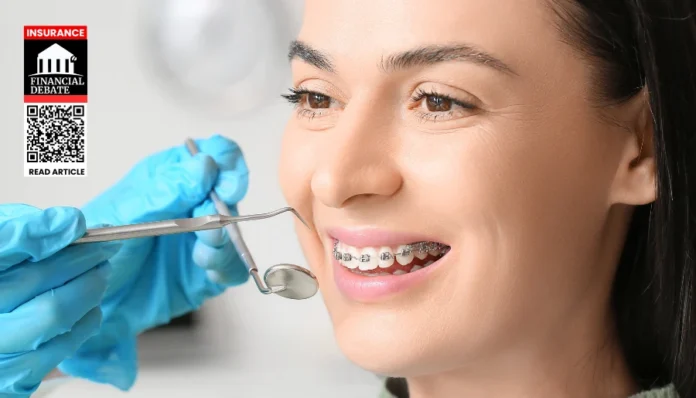- Braces costs vary widely depending on insurance, type of braces, and medical necessity.
- Insurance often covers about half the cost, with typical out-of-pocket expenses ranging from $1,000 to $5,000.
- Children usually receive better coverage, while adult orthodontic benefits are more limited.
Getting braces can be a big investment, but insurance can help reduce the cost. How much you pay depends on your insurance plan, the kind of braces you choose, and whether the treatment is medically necessary.
How Insurance Affects Braces Costs
Dental insurance plans that include orthodontic benefits usually cover about 50% of the total cost. However, this depends on the specific plan and its limits. Most plans have a lifetime maximum benefit for braces, often between $1,000 and $3,000. This means once you reach that limit, you must pay the rest yourself.
Typical Out-of-Pocket Costs
After insurance, patients usually pay between $1,000 and $5,000 for braces. The exact amount depends on the braces type and how much your insurance covers. Here’s a rough idea of costs after insurance pays its share:
| Type of Braces | Cost Before Insurance | Estimated Cost After Insurance (50% coverage) |
| Metal braces | $3,000 – $7,500 | $1,500 – $3,750 |
| Ceramic braces | $2,000 – $8,500 | $1,000 – $4,750 |
| Invisalign | $3,000 – $7,000 | $1,500 – $3,500 |
| Lingual braces | $5,000 – $13,000 | $3,500 – $9,250 |
Metal braces tend to be the most affordable and are more likely to be covered by insurance. More expensive options, like lingual braces, often require paying a larger share out-of-pocket.
Insurance Coverage for Children vs. Adults
Insurance plans usually offer better orthodontic benefits for children under 18. Many insurers consider braces medically necessary for kids, especially if dental problems affect health or development. For adults, insurance coverage is less common and often limited to specific medical needs.
Medicaid and Orthodontic Coverage
Medicaid programs vary by state but generally cover braces for children under 21 if the treatment is medically necessary. Adult coverage through Medicaid is rare and usually only applies in emergency or special medical cases.
Important Factors to Consider
- Waiting Periods: Many insurance plans require you to wait several months before orthodontic benefits start.
- Annual Maximums: Some plans limit how much they pay per year, which can affect your out-of-pocket costs.
- Treatment Complexity: The longer and more complex the treatment, the higher the cost and insurance payout.
- Pre-authorization: Always check with your insurance provider to confirm coverage and get pre-approval before starting treatment.
Read Article: Strategic Retirement Planning for Marketplace Health Insurance for Younger Retirees
Final Thoughts
Braces can be expensive, but insurance often helps cover about half the cost. Expect to pay between $1,000 and $5,000 out-of-pocket, depending on your plan and the type of braces. Children usually receive better coverage, especially when treatment is medically necessary. Always review your insurance policy carefully and talk to your orthodontist about payment options
